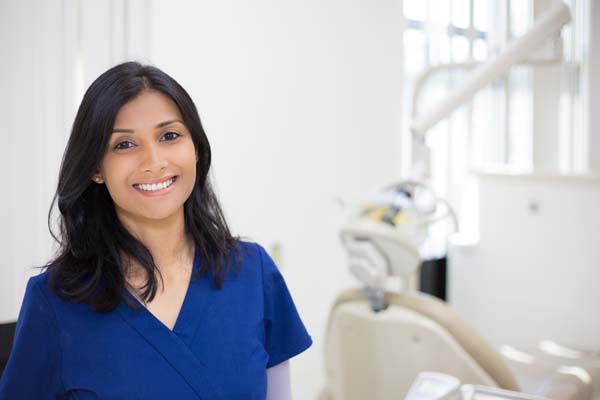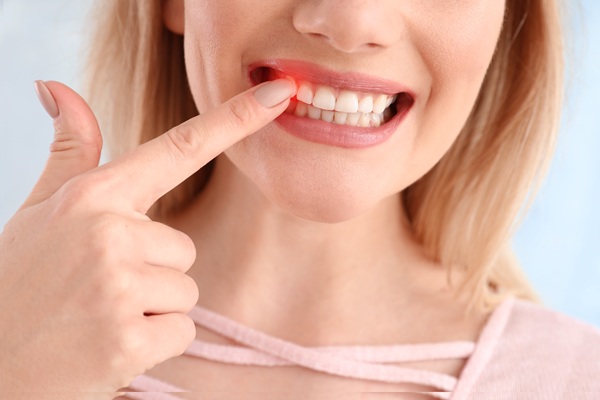Laser Dentistry for Dental Fillings

Dentists use laser dentistry to correct a variety of oral issues. In most cases, a laser is used in procedures that are mainly related to the gums but can also be used in dental fillings.
In addition to surgery, your dentist can use a laser to whiten teeth, remove diseased tissue and harden fillings.
If you are considering laser dentistry, you may have concerns regarding safety. Keep reading to learn more about the benefits of laser dentistry and if it is safe.
The benefits of laser dentistry
There are distinct benefits of using laser dentistry. Some are mental while others are physical. For example, the sound of the drill can be startling. A laser produces no drilling sounds or vibrations, so the patient is less likely to become anxious during the procedure.
The benefits of laser dentistry include:
- Less discomfort
- Faster healing time
- Lower loss of blood when compared to traditional surgery
- Less use of anesthesia
- Lowered anxiety and fear
- Lowers the risk of infection
- Lowers post-op irritation and pain
Like any medical procedure, there are limitations.
For instance, lasers cannot be used on teeth that have fillings, cavities between teeth or on damaged crowns or bridges. A dentist will also refuse to use a laser on a tooth that has too much decay.
There is a risk of gum injury, and a drill may still be needed to complete the procedure.
It is always important to discuss all options with a medical professional and be upfront and honest about health concerns before proceeding.
What kind of laser do dentists use?
Dentists have two types of laser to choose from: Soft and hard tissue lasers.
Soft tissue lasers are used primarily on gums.
Hard tissue lasers are used in discovering cavities, treating tooth sensitivity and preparing the tooth for dental fillings.
When used for dental fillings, the hard tissue laser does cause vibrations nor does it produce loud, frightening drilling noises. The laser kills germs and prepares the tooth for the filling while minimizing any damage to the natural tooth.
Once the laser removes the decayed section of the tooth, the dentist fills the tooth with a restorative material. The material bonds directly to the tooth and strengthens it. The bonding material blends in with the surrounding teeth, so it is hardly noticeable.
Is laser dentistry painless?
Unlike the traditional use of needles and drills, laser dentistry is practically pain-free. By using heat and light, the dentist can avoid needles for injections and stitches. Most importantly, you do not have to see the dreaded drill.
The laser performs precise dental work and gives the dentist the ability to remove tooth decay painlessly. It eliminates the need for over-the-counter painkillers and anesthetics. Also, it sterilizes the area, decreasing the risk of bacterial infection.
Is laser dentistry expensive?
Laser dentistry is becoming more and more common. In addition to being more comfortable for the patient, the treatment is also cost-effective. As with any procedure, the exact pricing depends on the amount of work the dentist must do and the tools they will use.
Can laser dentistry help you?
Whether you want a more precise procedure or are afraid of drills, laser dentistry provides many benefits.
Call our office to see how we can help you preserve your smile.
Are you considering laser dentistry in the Carmel area? Get more information at https://www.carmelsmilesdentist.com.
Check out what others are saying about our dental services on Yelp: Laser Dentistry.
Related Posts
Laser dentistry involves the use of lasers to treat a variety of dental conditions. It started being used in clinical dental practice for procedures decades ago. Laser dentistry may offer a more comfortable treatment option for many dental procedures involving soft or hard tissue. This is in comparison to drills as well as other non-laser…
Laser dentistry has been used to treat dental problems since the 1990s. The use of lasers has been approved by the Food and Drug Administration. The American Dental Association (ADA) is yet to approve laser dentistry as an alternative to traditional dental treatment. However, the ADA has stated that it is cautiously optimistic about the…
Unlike dental lasers, traditional dental procedures and tools have a reputation for being rather noisy and uncomfortable and may even be the reason so many people feel discouraged from visiting the dentist. With dental laser technology, less invasive and more comfortable alternatives to traditional dental procedures have been and are being developed. Whether it is…
Technological advances have made it possible to treat cavities with lasers instead of drills and needles. Laser dentistry is emerging as a popular treatment option as it does not cause the type of pain associated with typical cavity drilling and filling. Here is a closer look at the basics of laser dentistry for cavity removal…


